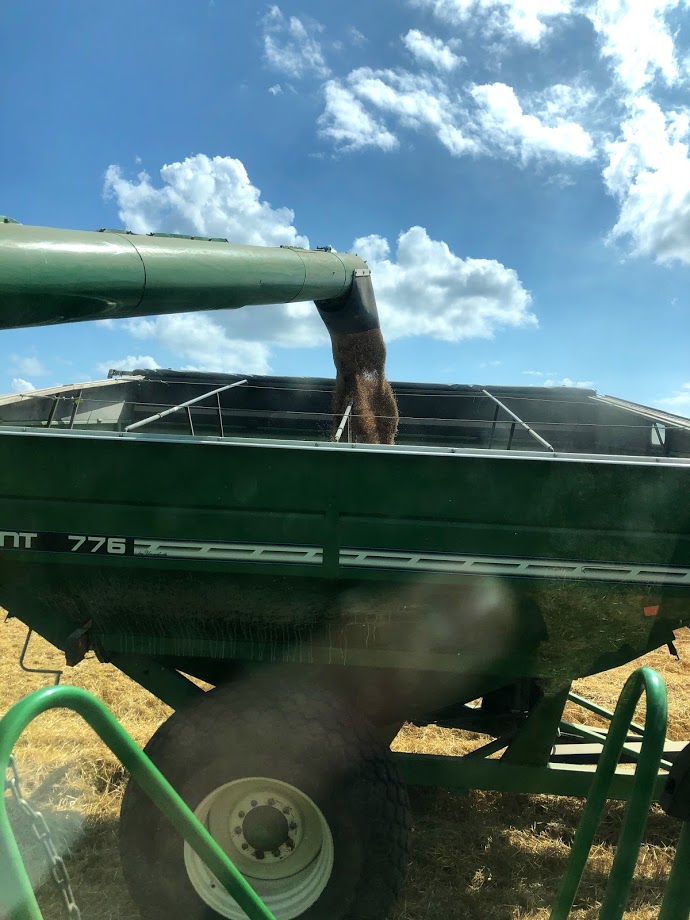Corn and soybean harvest: Make sure to calibrate your yield monitor and get paid for it!
Accurate calibration provides accurate data. Farmers located in the Western Lake Erie Basin can qualify for funds and have their yield monitors calibrated by MSU Extension.

Corn and soybean harvest will be here in a blink of an eye (It is still August, but you know how time flies.). Farmers have been working around the clock since before planting to minimize their chances of running into any significant issues during such a crucial time. While duties such as fertilizer application and weed control get a lot of attention during the season, yield monitor calibration doesn’t always make it to the top of the list of must-do things necessary for increasing profits.
Many farms now have yield monitors. The data collected from a yield monitor can be very informative when determining management operations on each field. However, to make the right decisions, you need to have useful data to work with. Optimizing the use of investment in precision agriculture requires collecting accurate yield monitor data, which requires good setup and calibration practices.
You should calibrate your yield monitor every year for each crop you are harvesting. When calibrating, make sure to use a well-calibrated weigh wagon or commercial scale. Seed tenders and grain carts are not accurate and precise enough.Remember that garbage in equals garbage out, so if you are using your yield monitor’s data to create prescriptions or recommendations, make sure that data is a real snapshot of what you are harvesting in the field.
The Environmental Protection Agency (EPA) Great Lakes Restoration Initiative Grant and the Michigan Department of Agriculture and Rural Development (MDARD) are providing funds for farmers located in the Western Lake Erie Basin to get their yield monitors calibrated. Those funds will be available on a first-come, first-serve basis, so start your application as soon as you can. If you decide to work with Michigan State University Extension, allowing us to calibrate your yield monitor, you will be eligible to $5 per acre up to 100 acres.

To learn more about this amazing opportunity and the other practices, and to obtain an application, contact your local Conservation District office:
Lenawee Conservation District
1100 Sutton Rd, Adrian, MI 49221
Phone: 517-263-7400
Jackson Conservation District
211 West Ganson St, Jackson, MI 49201
Phone: 517-395-2082
Hillsdale Conservation District
588 Olds St Building 2, Jonesville, MI 49250
Phone: 517-849-9890
Washtenaw Conservation District
7203 Jackson Rd, Ann Arbor, MI 48103
Phone: 734-205-1219
Monroe Conservation District
1137 South Telegraph Rd, Monroe, MI 48161
Phone: 734-265-9311
Even if you don’t qualify for this funding opportunity, you still should calibrate your yield monitor. To learn more about how to properly calibrate a yield monitor, see the article “Yield monitor calibration procedure.”



 Print
Print Email
Email